This post may contain affiliate links. If you click through a link and make a purchase, I may receive a commission at no additional cost to you. As an Amazon Associate, I earn from qualifying purchases. Read the full disclosure here.
Muscle scraping therapy focuses on treating soft tissues of the body, such as muscle and fascia, to improve blood flow, break up scar tissue, and improve mobility with specialized tools.
From muscle knots to plantar fasciitis, people are using muscle scraping tools as a quick and easy way to grab some pain relief at home.
As a physical therapist trained in using scraping tools, I’ll review all the details, pros, and cons to help you decide if muscle scraping is right for you.
- What is muscle scraping?
- What’s the difference between gua sha and muscle scraping?
- Benefits of muscle scraping
- What is muscle scraping good for?
- Is muscle scraping safe?
- Best muscle scraping tools
- How to use a muscle scraper
- Is muscle scraping better than foam rolling?
- More FAQ about muscle scraping
- Wrapping up
Disclaimer: This content is for educational purposes and is not medical advice. Read the full disclaimer.
What is muscle scraping?
Muscle scraping comes from a Gua Sha technique using a tool to “scrape” the skin and stimulate blood flow.
Muscle scraping therapy focuses on treating soft tissues of the body, such as muscle and fascia, to improve blood flow, break up scar tissue, and improve mobility with specialized tools. These tools come in a variety of shapes to contour various body parts.
Scraping therapy offers a different type of soft tissue mobilization that can’t be accomplished by hand or with foam rollers. You can really feel that gritty fascial restriction as the tools glide over your skin.
Scraping is a rather broad term and goes by several aliases, including fascial scraping, muscle scraping, myofascial scraping, Gua sha, the Graston technique, and instrument-assisted soft tissue mobilization (IASTM).
These terms are often used interchangeably but have some differences in technique, tools used, and historical background.
A traditional gua sha tool is made from natural materials such as jade, rose quartz, or amethyst stones. Modern scraping tools are usually made from stainless steel and sport a beveled edge to work differently into the tissue than a traditional massage tool, foam roller, or lacrosse ball.
The beveled edge helps to grip or “scrape” the tissue. Immediately after treating an area, there may be a sensation of heat and a feeling of improved range of motion.
Muscle scraping is an excellent adjunct to your regular routine, along with stretching and mobility exercises for best results.
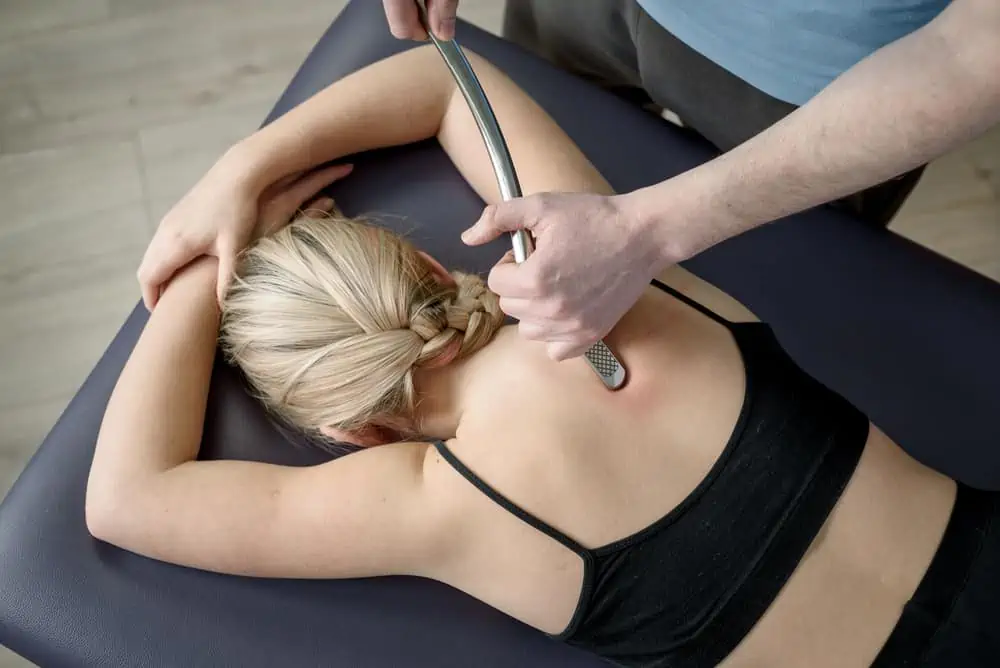
What’s the difference between gua sha and muscle scraping?
Gua sha treatment comes from traditional Chinese Medicine. In addition to treating musculoskeletal pain, traditional uses of gua sha are to treat the common cold and other respiratory issues.
Traditional Chinese medicine also uses the theory of energy meridians and acupoints, which modern scraping does not.
Muscle scraping is a modern take on gua sha therapy for musculoskeletal pain and has been used by physical therapists, chiropractors, and other bodyworkers for quite some time.
Benefits of muscle scraping
What does muscle scraping do? Muscle scraping aims to treat soft tissue injury by increasing blood flow and decreasing pain via a neurophysiologic effect, which is a fancy way of saying several body systems are working together.
Xu Q et al. found that scraping can improve blood perfusion and increase the scraping area’s temperature to promote local blood circulation and energy metabolism, and reduce inflammation.
The body doesn’t like when things are stagnant. Increasing blood flow, circulation, and lymphatic drainage move oxygen in and cellular waste out to facilitate healing.
There is evidence that using instruments to mobilize tissue can help improve scar tissue mobility and myofascial adhesions to decrease muscle pain and improve short-term range of motion (ROM) and overall mobility.
My capitalizing on this improved mobility, strengthening and movement can help the nervous system adapt over time to decrease pain and improve function.
What is muscle scraping good for?
Muscle scraping feels different than your traditional manual therapy or sports massage. It’s also quick and easy to do on your own.
Scraping can be beneficial for a variety of conditions and is commonly used for:
- Workout recovery
- Muscle tension
- Reduce sensations of soft tissue tightness (muscles, fascia, ligaments, connective tissue, etc.)
- Plantar fasciitis
- Tennis elbow
- Achilles tendonitis
- Neck pain / low back pain
- Chronic pain
Be sure to check out my article on fascia scraping for plantar fasciitis to find out how this technique can help speed your recovery.
Is muscle scraping safe?
Scraping therapy is generally considered safe. For best results, make sure you do not have any contraindications (listed below) and are comfortable with the scraping technique.
If you’re not sure if this type of self-treatment is for you, it’s always best to check with a physical therapist.
Here are some scenarios when muscle scraping should not be performed:
- Over active infections, open wounds, malignancies, or tumors
- Over unhealed or complex fractures
- Pregnancy (consult with your doctor)
- Presence of DVT, blood clots, or thrombophlebitis
- Uncontrolled high blood pressure
- If you’re taking blood thinners
- Certain types of kidney disorders
- Over varicose veins, bruises, burns, or swelling
- Over some types of scars
- Over bony prominences
- Too painful or intolerance to technique
- If you’re not sure how to use the tool
Two of the most common mistakes people make using scraping tools are applying too much pressure and treating an area for too long.
Moderate pressure at most is recommended. The weight of the tool and beveled edge does the rest.
The recommended amount of time per area is approximately 20-30 seconds, as you monitor the skin for redness (petechiae). If an area is more irritated, redness will appear more quickly.
Best muscle scraping tools
Yes, you can actually do scraping therapy at home!
Choosing the right scraping tool for the affected area is a must for getting the most out of scraping therapy. Tools vary widely in shape, size, and material.
Sidekick is my number one recommendation for muscle scraping tools. I’ve used several high-quality brands in the clinic, and while they’re great, they’re also very expensive.
Sidekick tools are super high quality and affordable. I have several of their scrapers, and I’ve been very happy. They have plenty of different shaped tools to contour around whatever area you need.
You can read my full review of the Sidekick swerve and bow tools here.
You can also find several budget-friendly options on Amazon.
In general, you’ll want to look for a tool that has a night weight to it and that you can hold comfortably in your hand. A beveled edge helps to grip and grab the tissue.
How to use a muscle scraper
Check out these step-by-step videos from Sidekick to learn muscle scraping techniques for best results.
Is muscle scraping better than foam rolling?
I would say they’re different and what you like better is more of a personal preference when aiming to decrease muscle soreness.
Sandrey MA et al. looked at foam rolling vs muscle scraping in patients needing to improve knee extension range of motion. At the end of the study, both groups made good improvements and were satisfied with the intervention.
Foam rolling applies pressure to areas to help release tightness and improve blood flow. The pressure applied is deeper than muscle scraping but the feeling afterward is much different.
It’s also difficult to foam roll some areas of the body. Muscle scraper tools are very helpful for getting into smaller areas such as the arches of the feet, the forearms, and the neck.
Having both in your arsenal of recovery tools would be the best approach.
Muscle scraping may also be an alternative for those who don’t like the feeling of a deep tissue massage.
More FAQ about muscle scraping
Can you muscle scrape yourself?
Yes, it’s possible to perform muscle scraping on yourself comfortably for most areas of the body. You may need some assistance for certain areas of the back depending on your range of motion. Sidekick tools are constructed in such a way that it’s very easy to hold and perform scraping on yourself.
How often should you muscle scrape?
If an area has redness, tenderness, or bruising after previous scraping, it’s best to wait 2-3 days until the after-effects improve before scraping the same area again.
Also, strong pressure is not needed to perform muscle scraping effectively.
What oils should I use while muscle scraping?
Oils or lotions with a high oil content won’t absorb quickly and will help the tool slide effectively throughout your scraping session. Check with the manufacturer of your tool for specific do’s and don’ts about types of mediums to use.
For stainless steel tools, there’s quite a variety. Sidekick sells easy-to-use roll-on and spray oils for scraping.
Obviously, steer clear of ingredients that you’re allergic to and use caution when adding essential oils.
Is it normal to bruise after muscle scraping?
Bruising may occur after muscle scraping. To minimize bruising, use only light pressure and stop scraping when you start to see redness form under the skin.
Who can do muscle scraping?
Physical therapists, chiropractors, and massage therapists may include scraping into various treatments. Scraping can also be done on yourself with the proper tools.
Wrapping up
Muscle scraping tools offer a unique type of soft tissue mobilization that can’t be accomplished by hand.
Muscle scraping therapy is most effective when combined with flexibility and mobility as part of a healthy exercise routine.
Will you be adding muscle scraping to your routine?
References:
Cheatham SW, Baker R, Kreiswirth E. INSTRUMENT ASSISTED SOFT-TISSUE MOBILIZATION: A COMMENTARY ON CLINICAL PRACTICE GUIDELINES FOR REHABILITATION PROFESSIONALS. Int J Sports Phys Ther. 2019;14(4):670-682.
Matthew Lambert, Rebecca Hitchcock, Kelly Lavallee, Eric Hayford, Russ Morazzini, Amber Wallace, Dakota Conroy & Josh Cleland (2017) The effects of instrument-assisted soft tissue mobilization compared to other interventions on pain and function: a systematic review, Physical Therapy Reviews, 22:1-2, 76-85, DOI: 10.1080/10833196.2017.1304184
Lee MS, Choi TY, Kim JI, Choi SM. Using Guasha to treat musculoskeletal pain: a systematic review of controlled clinical trials. Chin Med. 2010;5:5. Published 2010 Jan 29. doi:10.1186/1749-8546-5-5
Cheatham SW, Lee M, Cain M, Baker R. The efficacy of instrument assisted soft tissue mobilization: a systematic review. J Can Chiropr Assoc. 2016;60(3):200-211.
Sandrey MA, Lancellotti C, Hester C. The Effect of Foam Rolling Versus IASTM on Knee Range of Motion, Fascial Displacement, and Patient Satisfaction. J Sport Rehabil. 2020 Jul 23:1-8. doi: 10.1123/jsr.2018-0494. Epub ahead of print. PMID: 32702660.

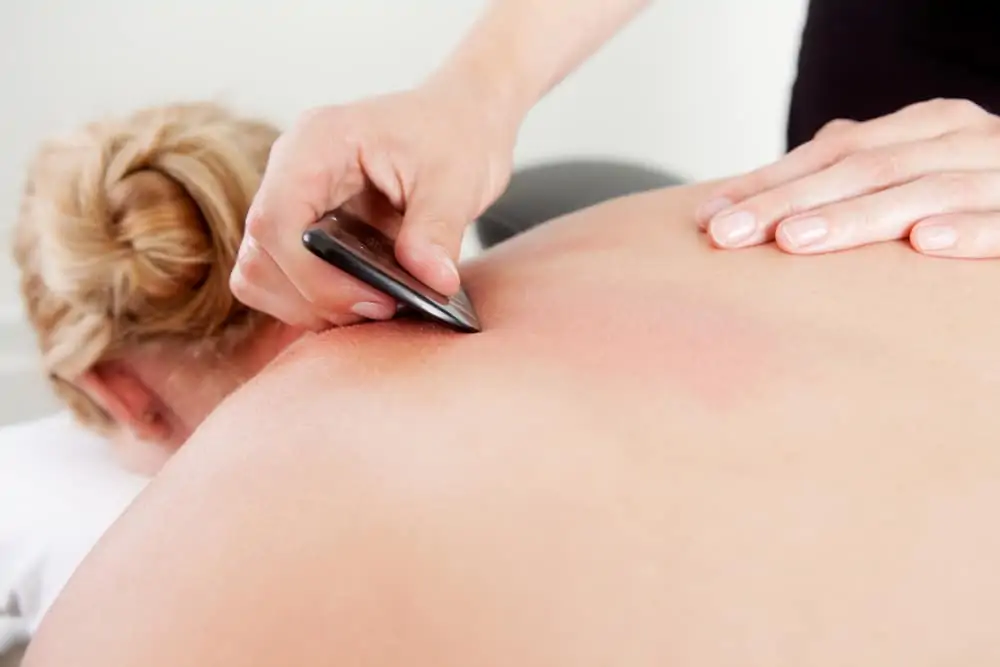
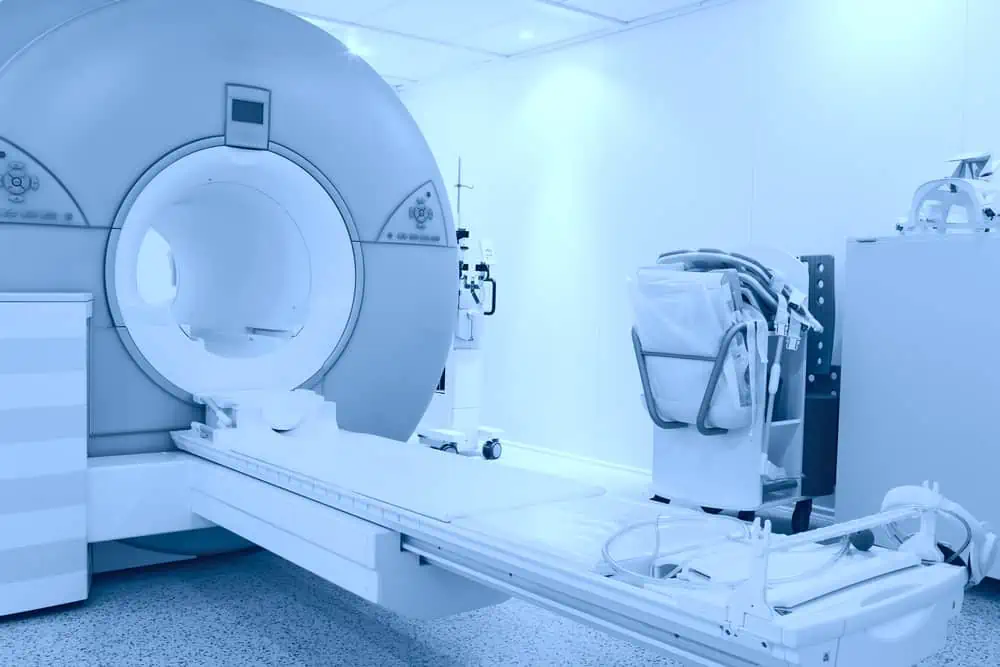
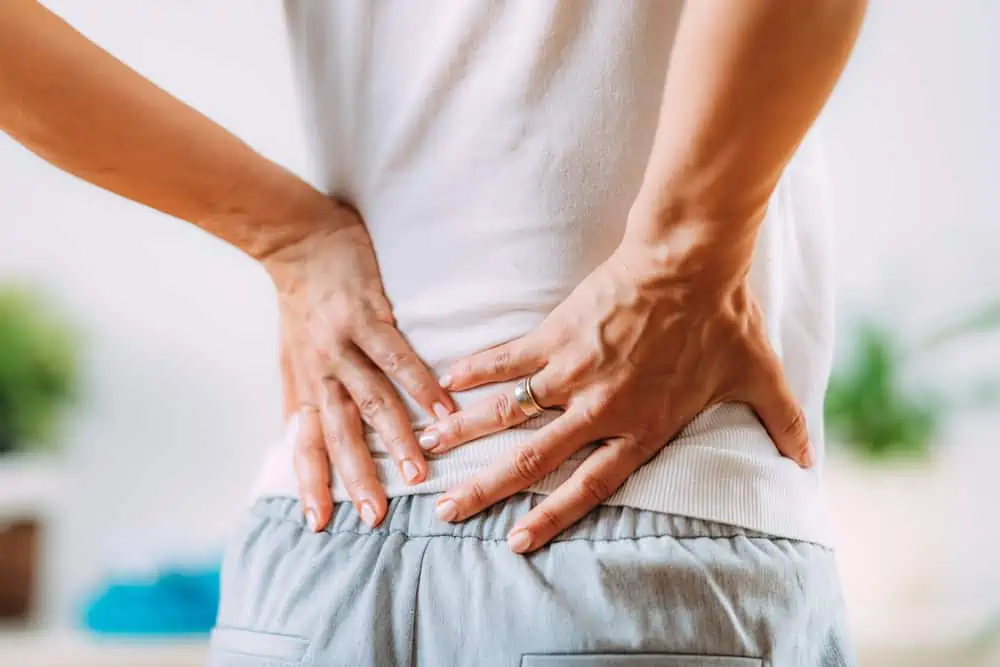
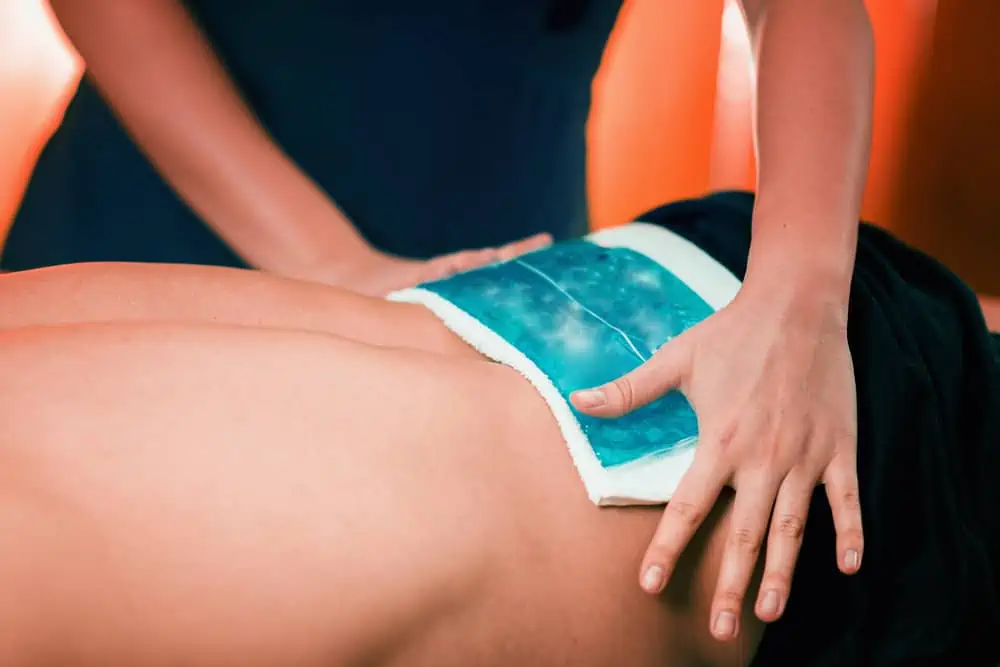
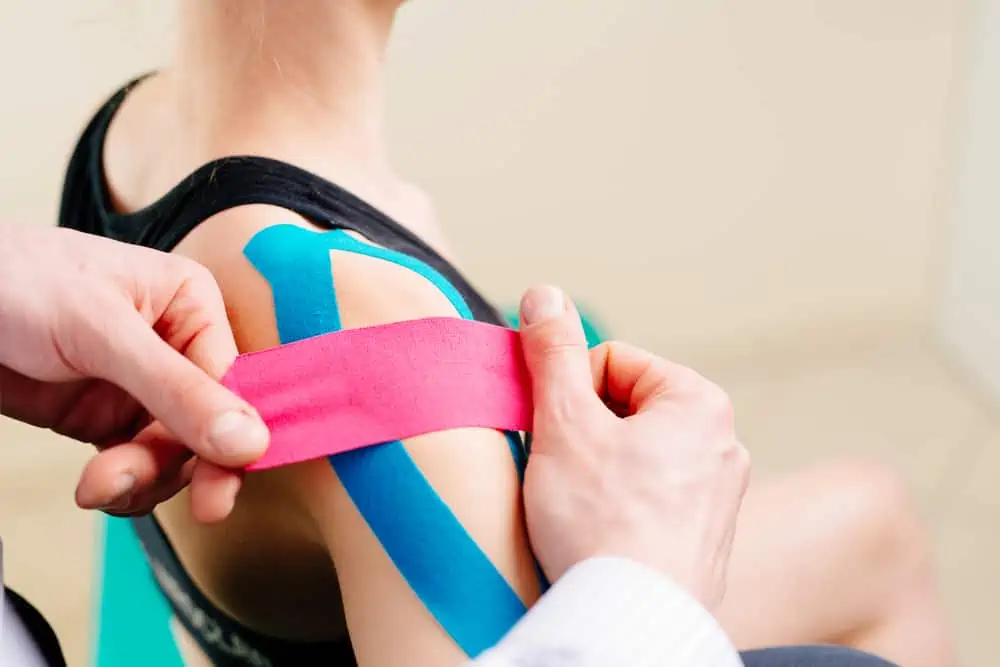
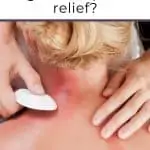
thanks for differentiating the two, I tried muscle scraping before because of my PF and really felt the difference although it was painful because of the pain I was feeling.
Wow! Looks like an interesting idea! Honestly I’d be a little freaked out at first…but sounds like it does work well especially after a workout.
I never heard of this but now I want to look into it further.